Stunning Fern Companion Plants That Will
Introduction
Ferns are beautiful and elegant plants that add a touch of grace to any garden. But did you know that they can also benefit from having companion plants? Companion planting is the practice of planting different types of plants together that complement each other. This can help to improve the health and growth of both plants, as well as attract beneficial insects and pollinators.
In this blog post, we will discuss some of the best companion plants for ferns. We will also provide tips on how to choose the right companion plants for your specific needs.
Main Content
What are companion plants?
Companion plants are plants that are planted together for the purpose of benefiting each other. There are many different benefits to companion planting, including:
- Improved plant health: Companion plants can help to improve the health of each other by attracting beneficial insects, deterring pests, and providing shade or windbreak.
- Increased yields: Companion planting can help to increase the yields of both plants by providing nutrients, water, and support.
- Enhanced beauty: Companion plants can enhance the beauty of each other by creating a more interesting and diverse landscape.
How to choose companion plants for ferns
When choosing companion plants for ferns, there are a few factors to keep in mind:
- Sunlight requirements: Ferns typically prefer partial shade, so you will want to choose companion plants that also tolerate shade.
- Water requirements: Ferns need moist soil, so you will want to choose companion plants that have similar water needs.
- Soil type: Ferns prefer well-drained soil, so you will want to choose companion plants that also prefer this type of soil.
- Growth habit: Ferns come in a variety of shapes and sizes, so you will want to choose companion plants that have a complementary growth habit.
Some of the best companion plants for ferns include:
- Coral bells: Coral bells are a type of perennial that produces brightly colored foliage in shades of red, pink, orange, and purple. They are a good choice for companion plants for ferns because they have similar sunlight and water requirements.
- Astilbes: Astilbes are a type of flowering plant that produces delicate pink, white, or purple flowers in the summer. They are a good choice for companion plants for ferns because they also prefer partial shade and moist soil.

- Hostas: Hostas are a type of perennial that produces large, heart-shaped leaves in shades of green, yellow, and blue. They are a good choice for companion plants for ferns because they have similar sunlight and water requirements.

- Bleeding heart: Bleeding heart is a type of perennial that produces delicate pink or white flowers in the spring. It is a good choice for companion plants for ferns because it also prefers partial shade and moist soil.
- Bluebells: Bluebells are a type of wildflower that produces clusters of blue, purple, or white flowers in the spring. They are a good choice for companion plants for ferns because they also prefer partial shade and moist soil.
Conclusion
Ferns are beautiful and elegant plants that can add a touch of grace to any garden. By planting them with companion plants, you can help to improve their health and growth, as well as attract beneficial insects and pollinators.
If you are looking for some stunning fern companion plants, I recommend trying coral bells, astilbes, hostas, bleeding heart, or bluebells. These plants are all easy to care for and will provide your ferns with the perfect environment to thrive.
Ferns are a beautiful and diverse group of plants that can add a touch of elegance to any garden. But what if you want to add more than just ferns to your garden? What if you want to create a lush and inviting space that is full of different textures, colors, and shapes?
That's where companion plants come in. Companion plants are those that are planted together because they complement each other. For example, ferns are often planted with hostas, which have similar growing conditions and can help to suppress weeds. Other good companion plants for ferns include astilbes, coral bells, and lungwort.
If you're looking for more information about fern companion plants, I recommend visiting Gardenia Inspiration. This website has a wealth of information on the topic, including a list of the best companion plants for different types of ferns.
FAQ of fern companion plants
Question 1: What are the best companion plants for ferns?
Answer: Ferns prefer moist, shady conditions, so it's important to choose companion plants that have similar needs. Some good options include:
- Hostas

- Astilbe

- Impatiens
- Coral Bells
- Barrenwort
- Caladiums
- Strawberry Begonia
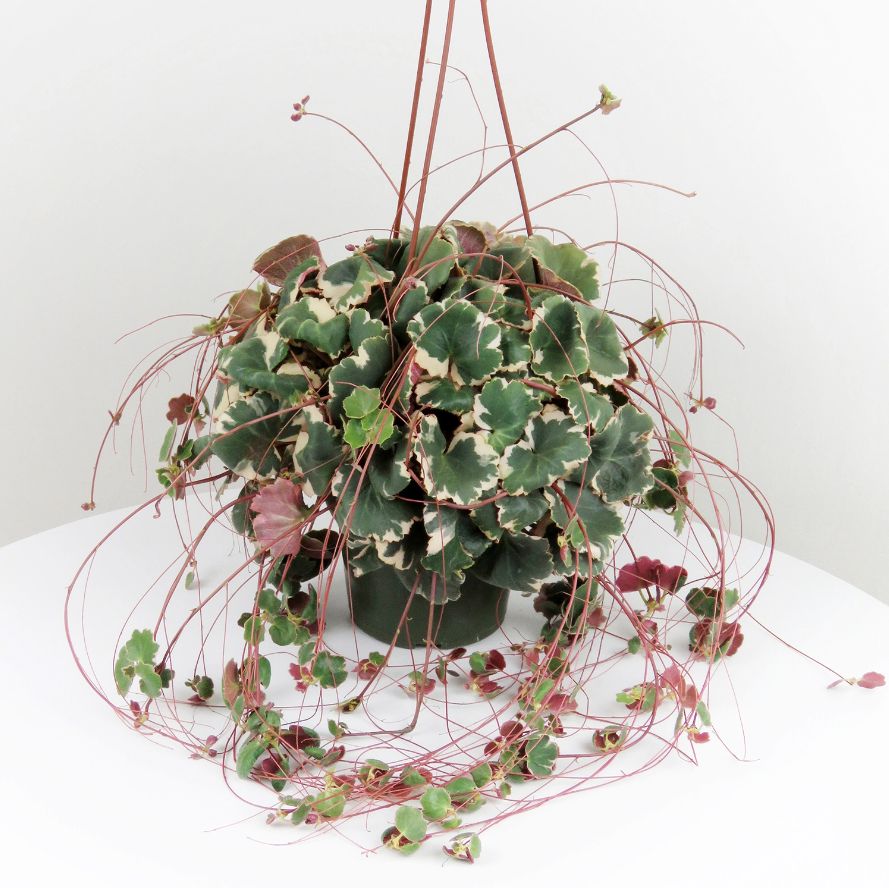
- Geraniums
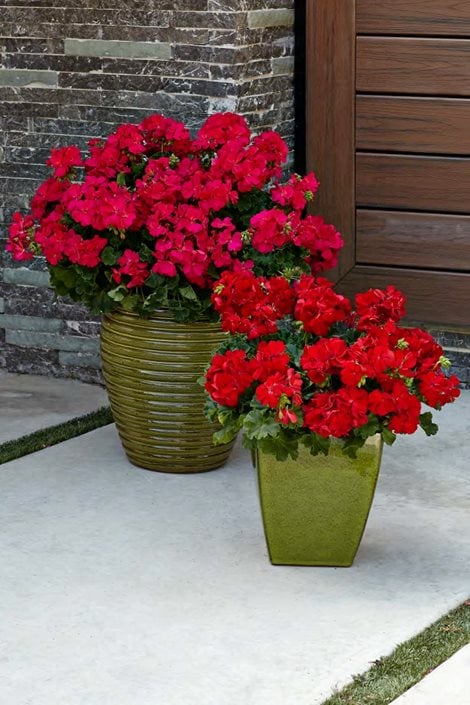
- Bleeding Heart
- Hellebore
These plants will help to keep the soil moist and provide a splash of color to your shady garden.
Question 2: What are some other plants that can grow well with ferns?
Answer: In addition to the plants listed above, there are a number of other plants that can grow well with ferns. These include:
These plants all prefer moist, shady conditions, and they will add a variety of textures and colors to your shady garden.
Question 3: How do I choose the right companion plants for my ferns?
Answer: When choosing companion plants for your ferns, there are a few things to keep in mind:
- The plants should have similar water and light requirements.
- The plants should have similar growth habits.
- The plants should complement each other in terms of color and texture.
It's also a good idea to choose companion plants that will bloom at different times of the year, so that your garden will have interest throughout the seasons.
Question 4: How do I plant fern companion plants?
Answer: Planting fern companion plants is relatively simple. Just follow these steps:
- Choose a location that is shady and moist.
- Prepare the soil by adding some compost or other organic matter.
- Space the plants according to their mature size.
- Water the plants well after planting.
Question 5: How do I care for fern companion plants?
Answer: Fern companion plants are generally easy to care for. Just follow these tips:
- Water the plants regularly, especially during hot, dry weather.
- Mulch around the plants to help retain moisture and suppress weeds.
- Fertilize the plants in spring with a balanced fertilizer.
- Protect the plants from pests and diseases.
With proper care, your fern companion plants will thrive for many years to come.
Image of fern companion plants
5 different images of "fern companion plants" from Pinterest:
- Astilbe: This plant is a good companion for ferns because it has similar moisture and shade requirements. It also adds a splash of color to the garden with its delicate pink or white flowers.
- Hosta: Hostas are another good choice for fern companion plants. They come in a variety of colors and sizes, so you can find one that will complement your ferns perfectly.
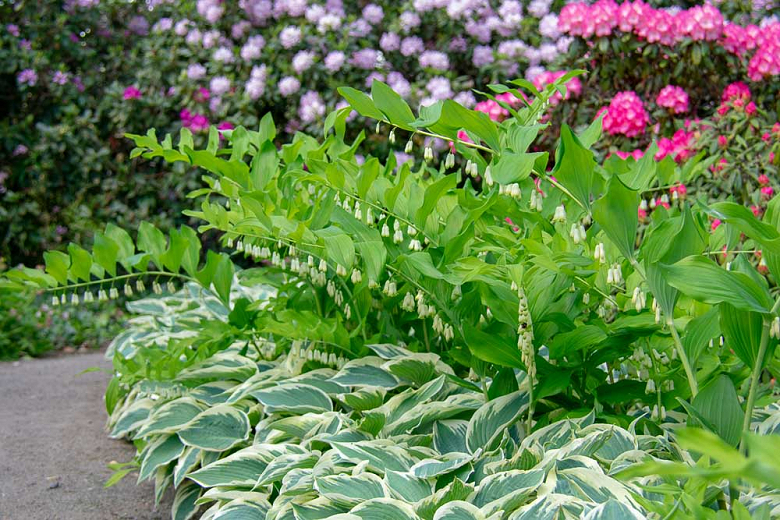
- Heuchera: Heucheras are known for their colorful foliage, which makes them a great way to add interest to a fern garden. They also tolerate shade well, so they're a good fit for most fern habitats.
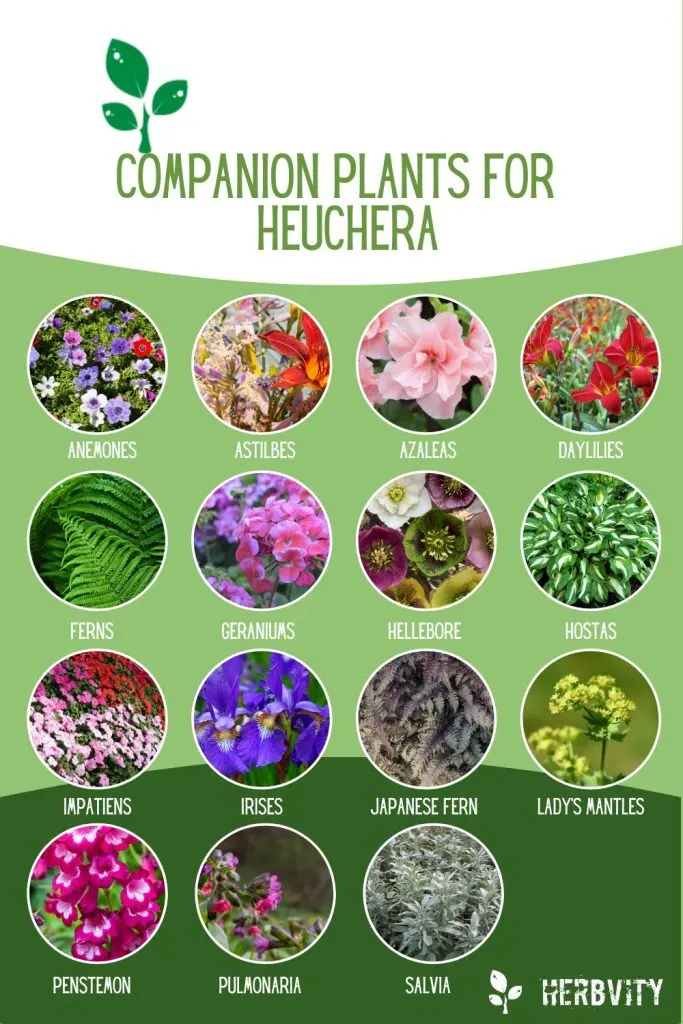
- Epimedium: Epimediums are a type of flowering groundcover that is native to Asia. They come in a variety of colors, including white, pink, purple, and yellow. Epimediums are a good choice for fern companion plants because they have similar moisture and shade requirements.

- Lily of the Valley: Lily of the valley is a classic cottage garden plant that is also a good companion for ferns. It has delicate white flowers that bloom in spring, and it prefers moist, shady conditions.
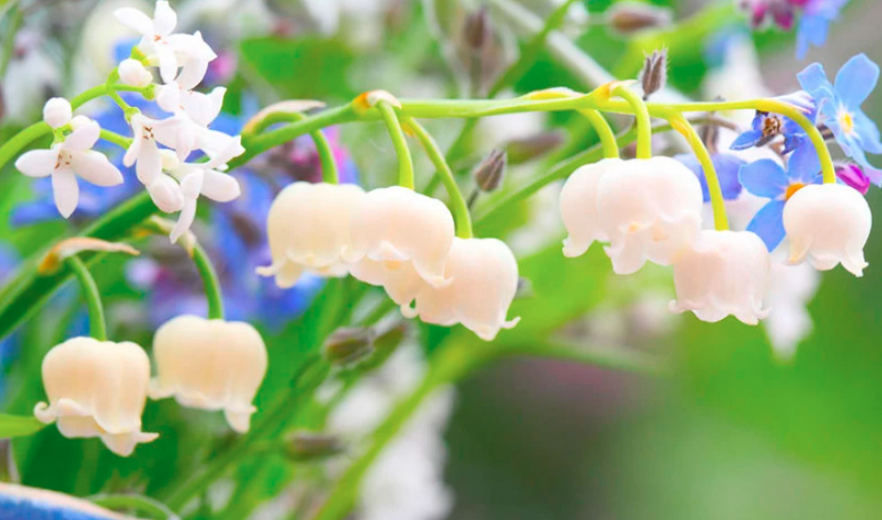
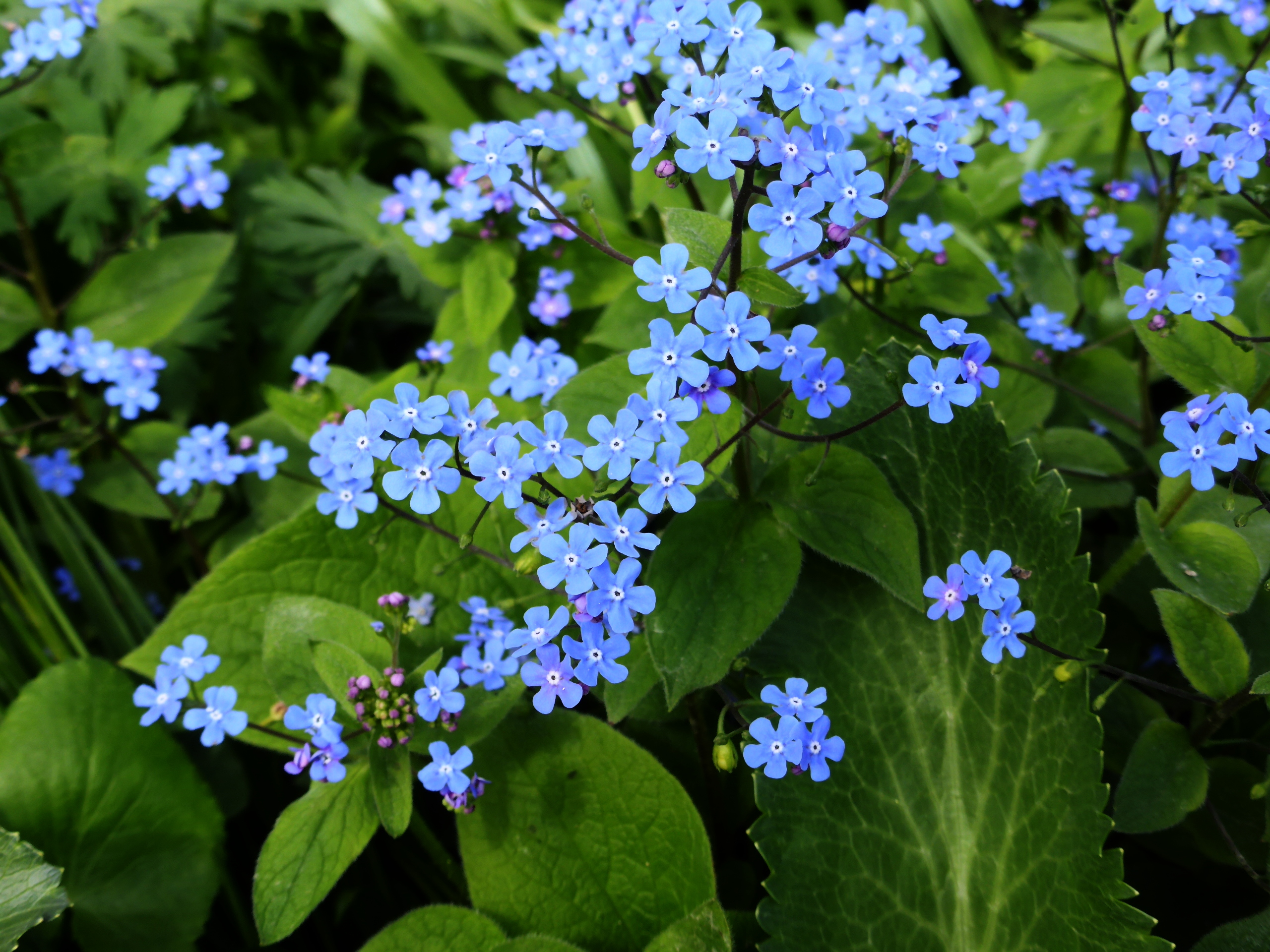
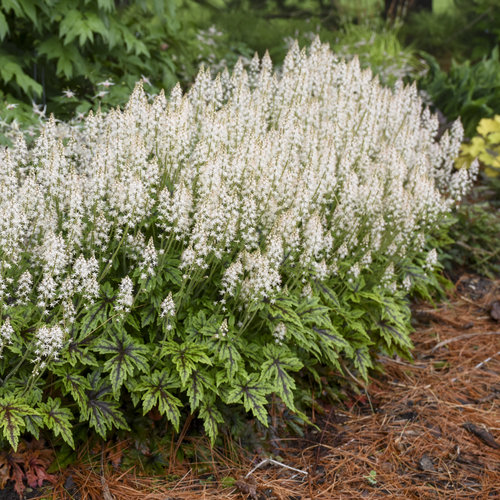
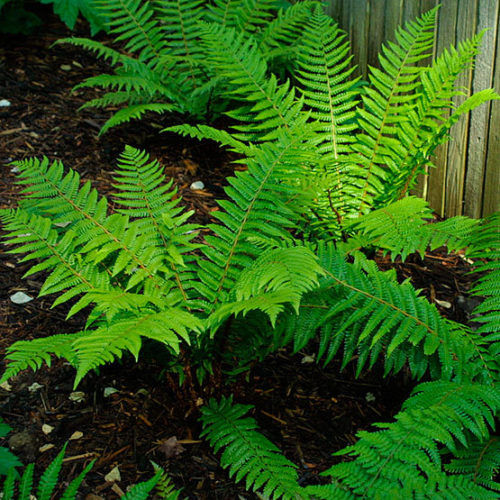
Post a Comment for " Stunning Fern Companion Plants That Will"